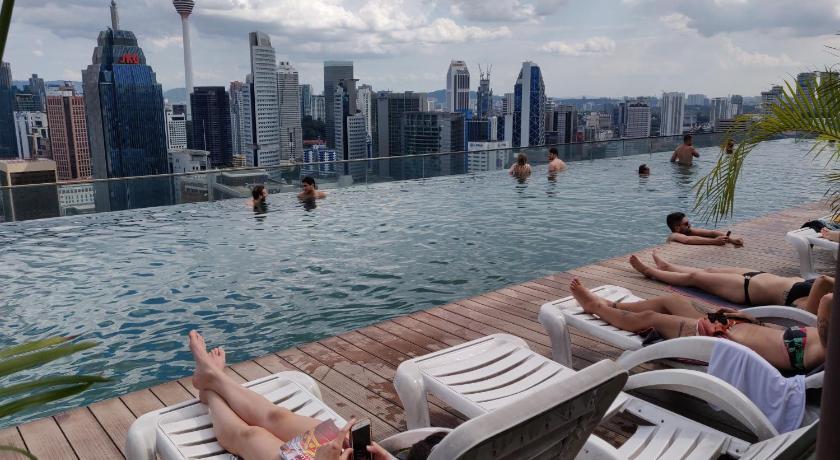The key role pool safety inspections play in minimising instances of immersion injuries amongst kids in both shared and non-shared hotele z widokiem na morze i basemen is enormous.
Pool owners have an obligation to ensure barriers put all around their pools satisfy the stipulated pool barrier laws.Any damaged fencing or barrier should immediately be fixed to prevent swimming pool accidents where small children access the swimming pool area without any adult oversight.
Pool safety inspectors are experts and licensed by the Queensland Building and Construction Commission (QBCC) to undertake inspections of swimming pools so as to assess if they adhere to the pool safety regulations.When the pool complies with the safety regulations, the pool inspector will process the compliance with the QLD swimming pool safety register and will give out a pool safety certificate.
the pool inspector will process the compliance with the QLD swimming pool safety register and will give out a pool safety certificate.
Being aware of whether your swimming pool complies with the safety standard or otherwise, is vital because it sets the stage for engagement with a swimming pool safety inspector.Precisely what does a pool safety assessment at the Sunshine Coast consist of? A swimming pool safety inspection includes many different aspects:
Fences – The minimal height has to be 120 centimetres from finished ground level to the top of the pool fence.In the event the fencing contain horizontal rails, they have to be spaced no less than 90cm apart.Chairs and tables and also shrubs and trees must not be found within 90 cm of the fence to prevent young kids from climbing the swimming pool fence and getting access to the pool.
CPR Signage – The Swimming Pool Regulation requires all pool owners to display a clear CPR sign in the immediate vicinity of the pool. The sign must be in good condition and easily visible to any person nearby the swimming pool area.
Windows and Doors – Doors should be self-closing & self-latching and never open towards the pool area, while home windows should never open in excess of 10 cm or should be entirely blanketed with screen. Gates must only swing outward from the swimming pool area, should be self-closing from any open position, and should remain shut when they are not being used.
For any non-compliance with the pool safety standards, the Qld government have got the capability to investigate compliance and may issue penalties.An on-the-spot fine could be given out by the local government. It could vary from $235.60 to $824.60 for individual property owners and $706.80 to $2,356 for organisations.
The pool safety certificate (Form 23) is an affirmation that the pool safety inspector has assessed the swimming pool and is completely satisfied that the pool is abiding according to the Building Act 1975.This certificate is helpful when selling, renting, or getting into an accommodation agreement and your building has got a pool.
All these certificates have got a validity of 1 year for shared pools while for non-shared pools; the validity period is 2 years.For shared swimming pools, there is no need for every unit owner to obtain a separate certificate for the same pool.
Building contractors certified by the Queensland Building and Construction Commission (QBCC) have the capability to work on your pool barriers.Having said that, dependant upon the extent of the job to be completed, a building approval could possibly be needed.In the event the swimming pool has flaws, a Form 26 notice is issued and you will get three months from the date of notice or from the sale date to repair any defects.
